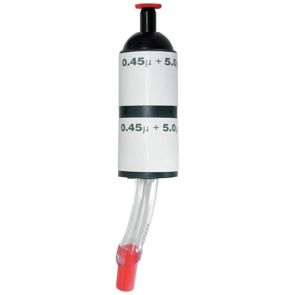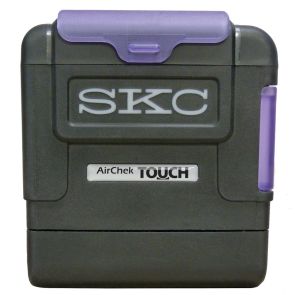SKC OSHA / NIOSH Sampling Guide for Asbestos (structure number concentrations)
| Chemical Information | ||
Asbestos (structure number concentrations) 1332-21-4 | TEM | Defined as , at minimum, the counting of four asbestos structures during the TEM analysis |
| Sampling Parameters | |||
TWA | varies | 2000 ml/min | 2 min (minimum) |
| Important Information Bulk sample collected by microvacuum technique. For Asbestos structure number concentrations. |
SKC Sampling Equipment
This SKC Air Sampling Guide is a reference only to assist users in finding the method, sampling equipment, and sampling media for a specific compound. This publication is intended for general information only and should not be used as a substitute for reviewing applicable government regulations, equipment operating instructions, or legal standards. Users must consult the appropriate sampling method for the compound of interest before sampling. The sampling parameters shown here are suggestions based on the ranges or volume, flow, and time specified in the methods. It is the responsibility of the analyst performing the sampling and analysis steps to adjust the parameters so that the required detection limits can be obtained. The information contained in this document should not be construed as legal advice or opinion nor as a final authority on legal or regulatory procedures.




Validate your login